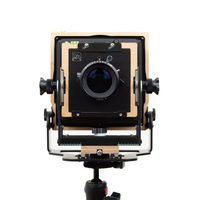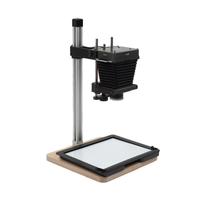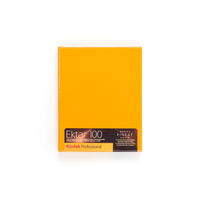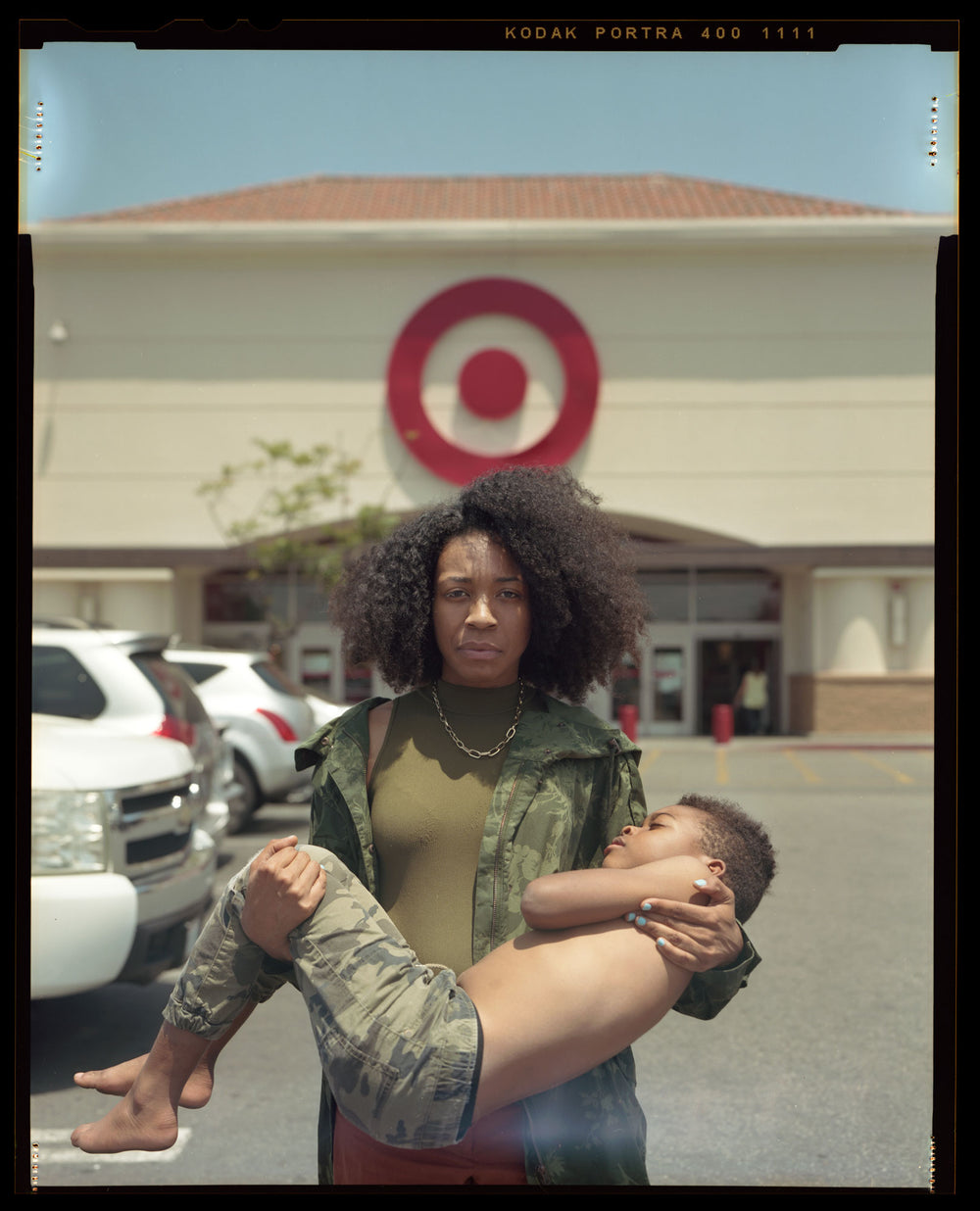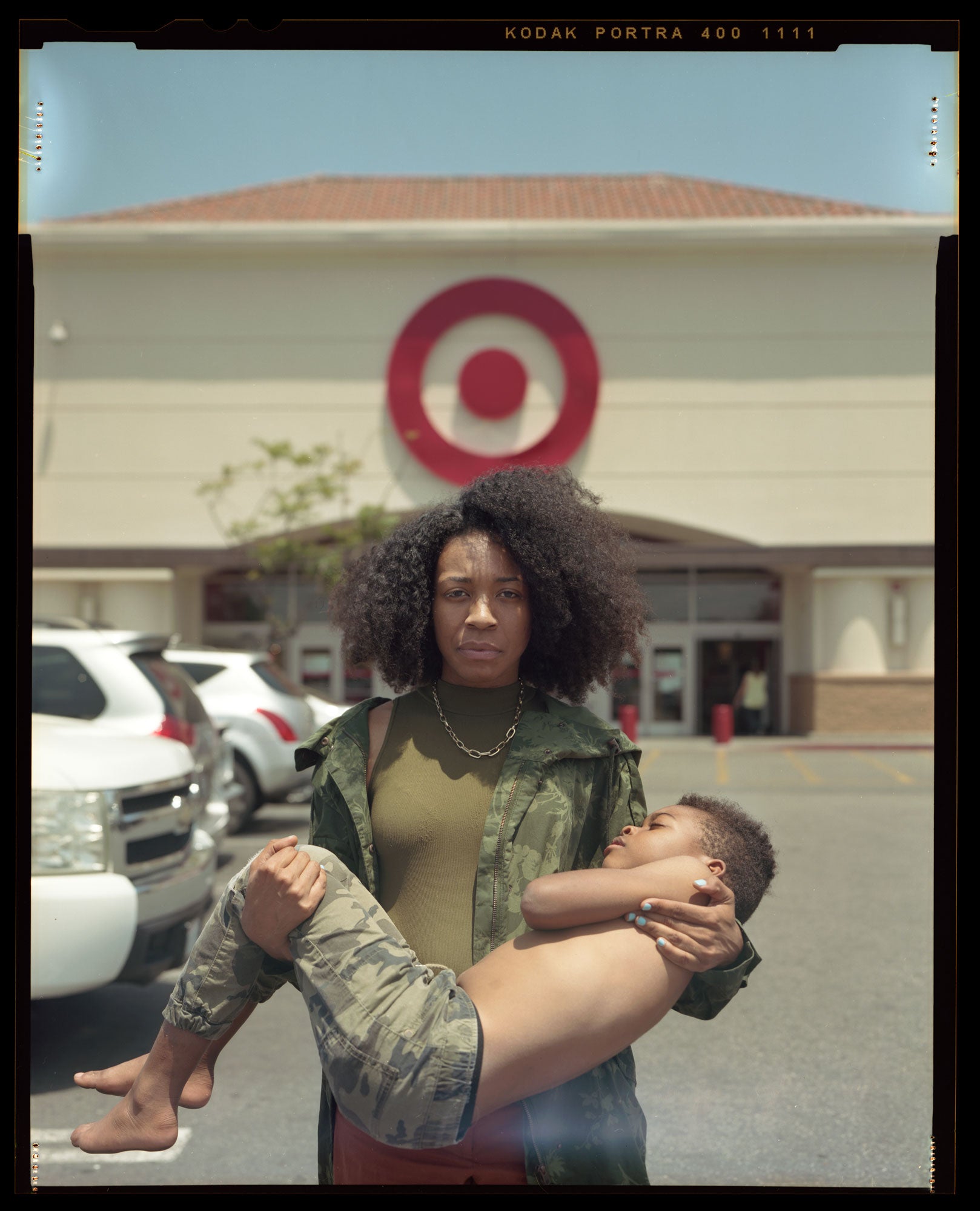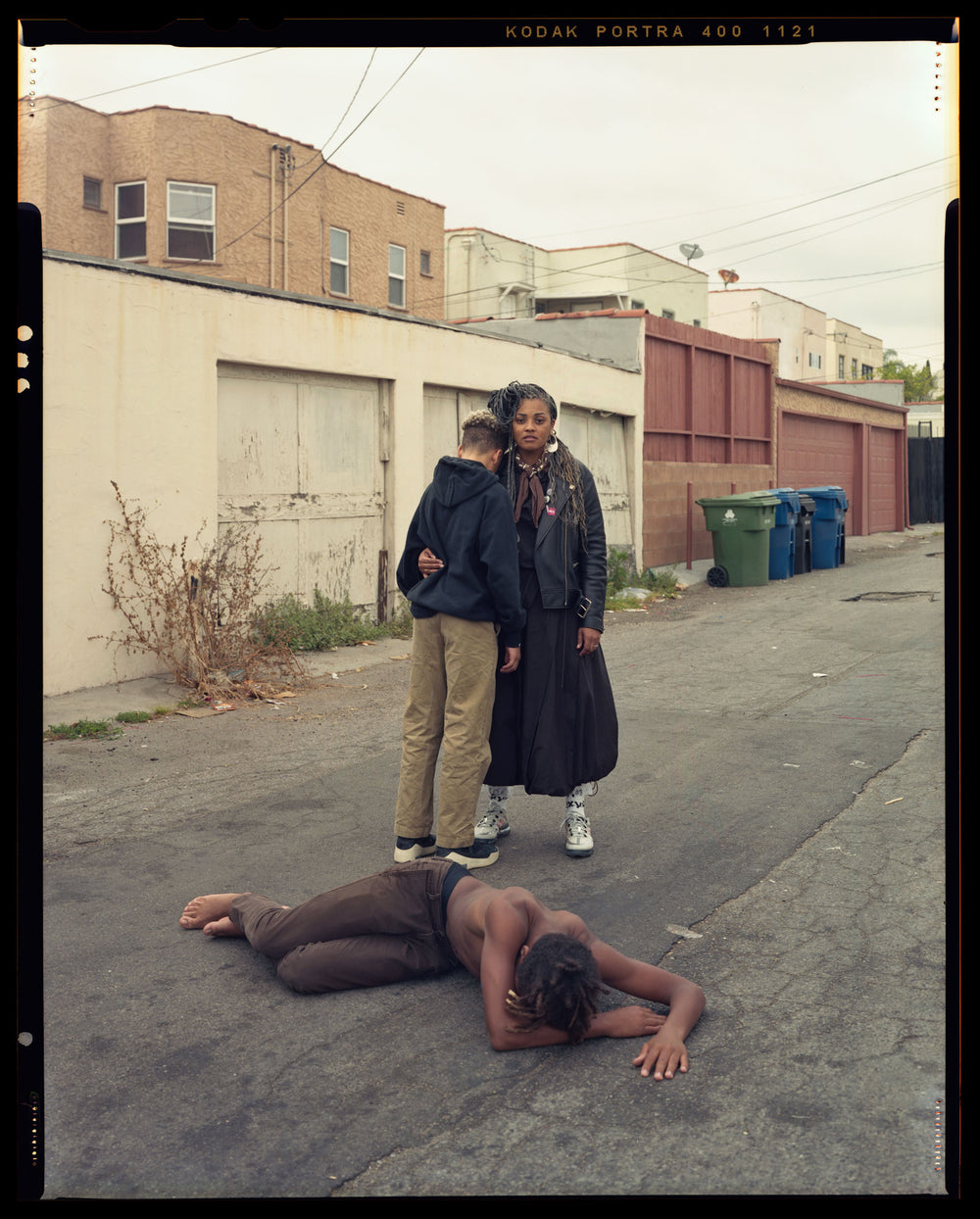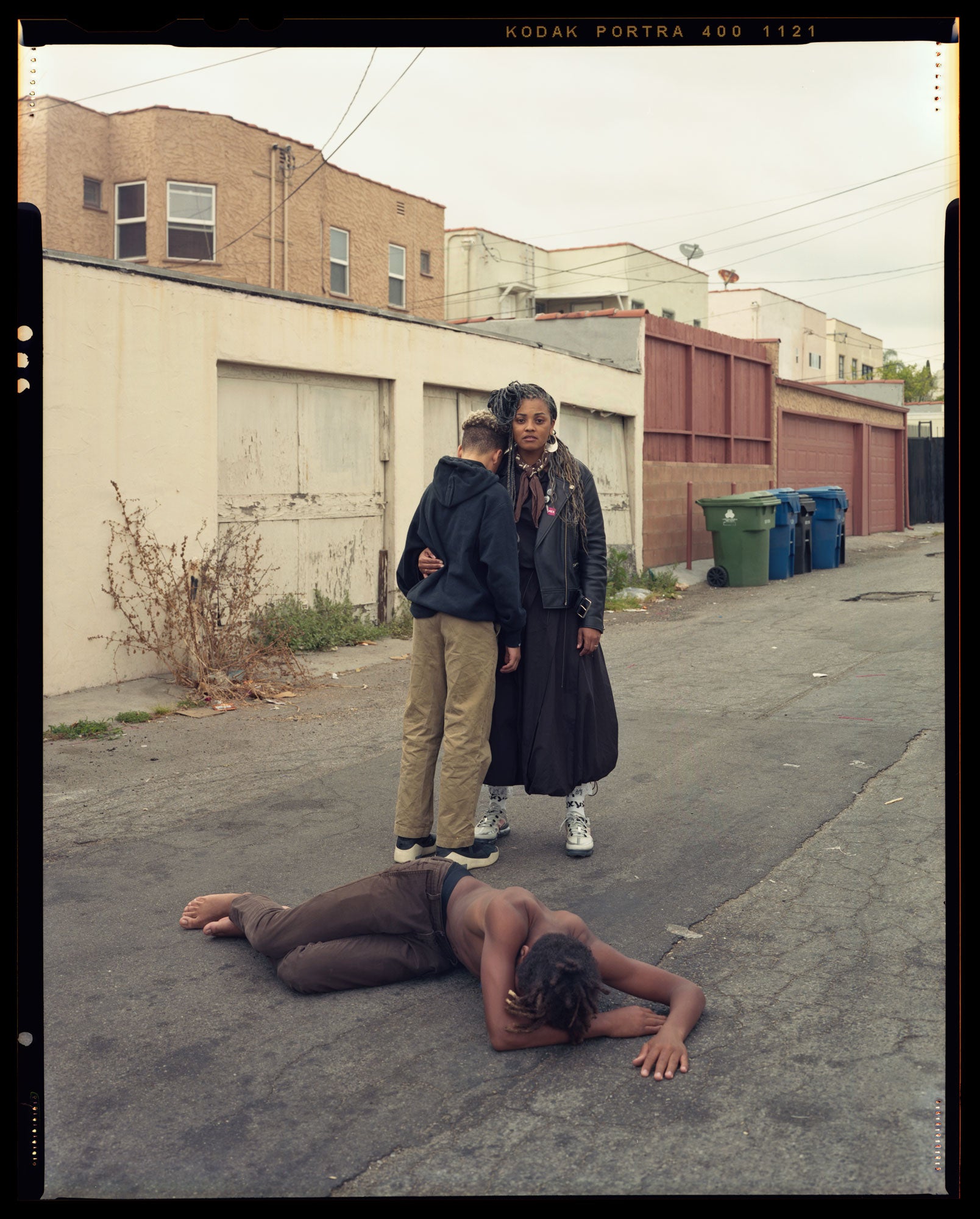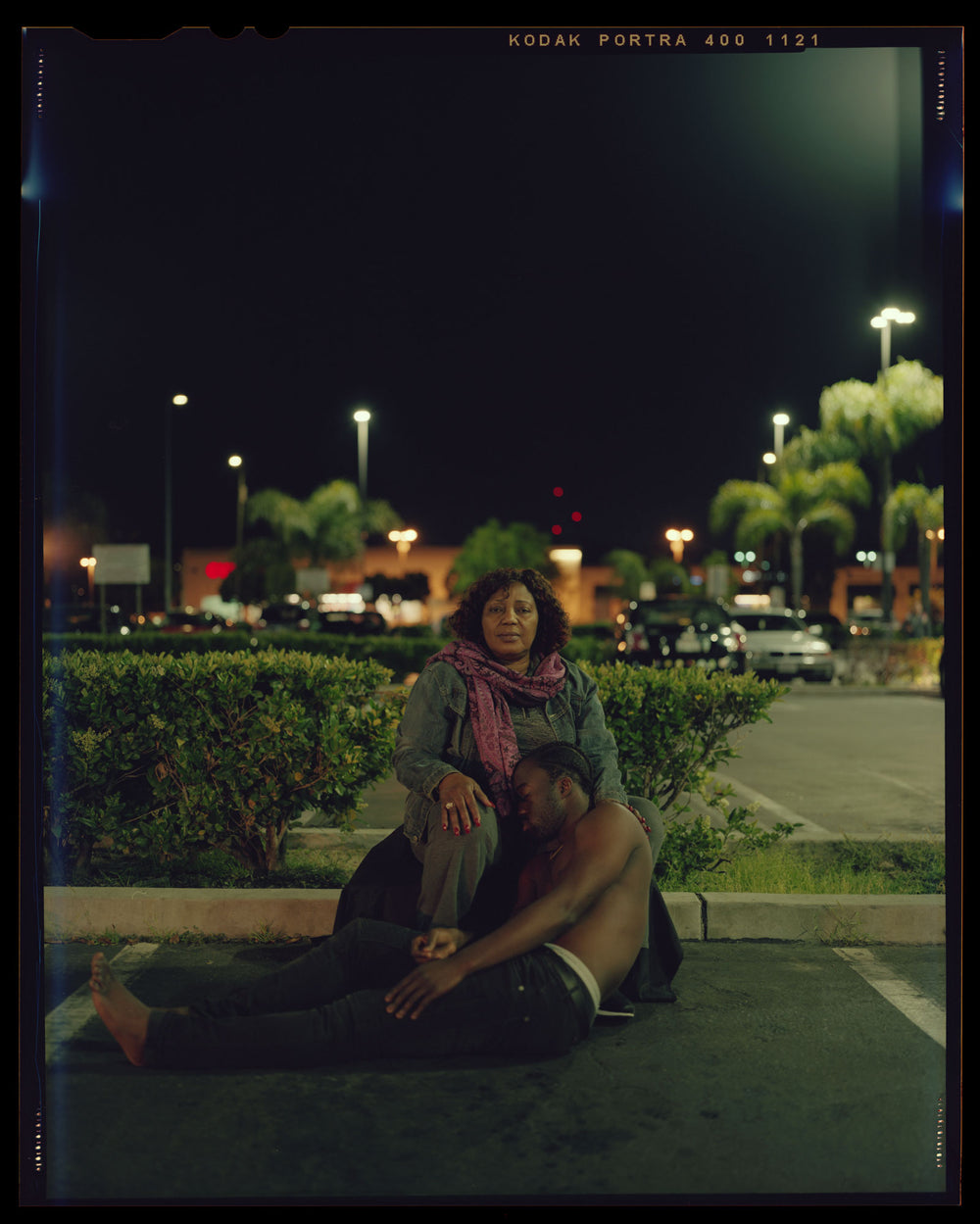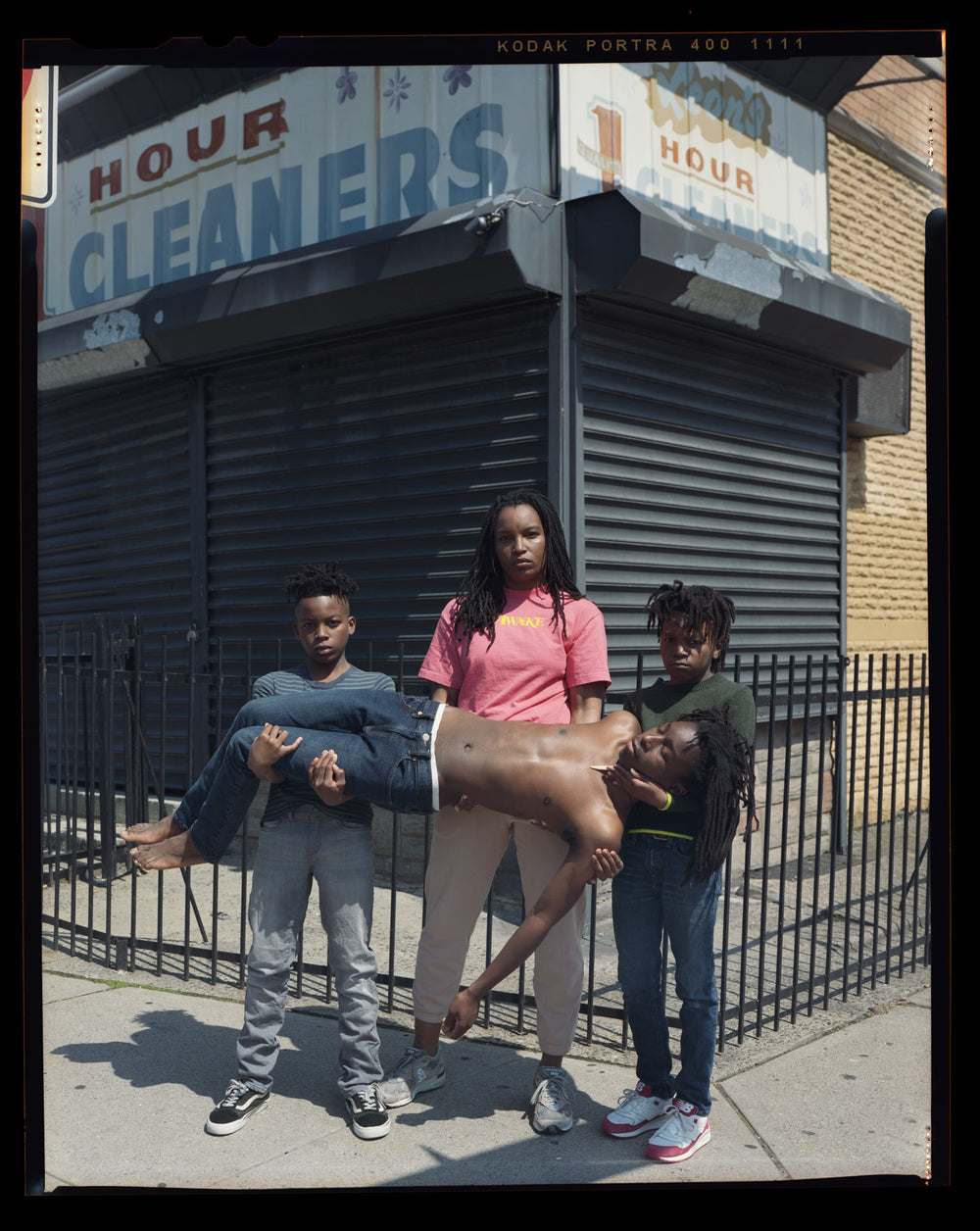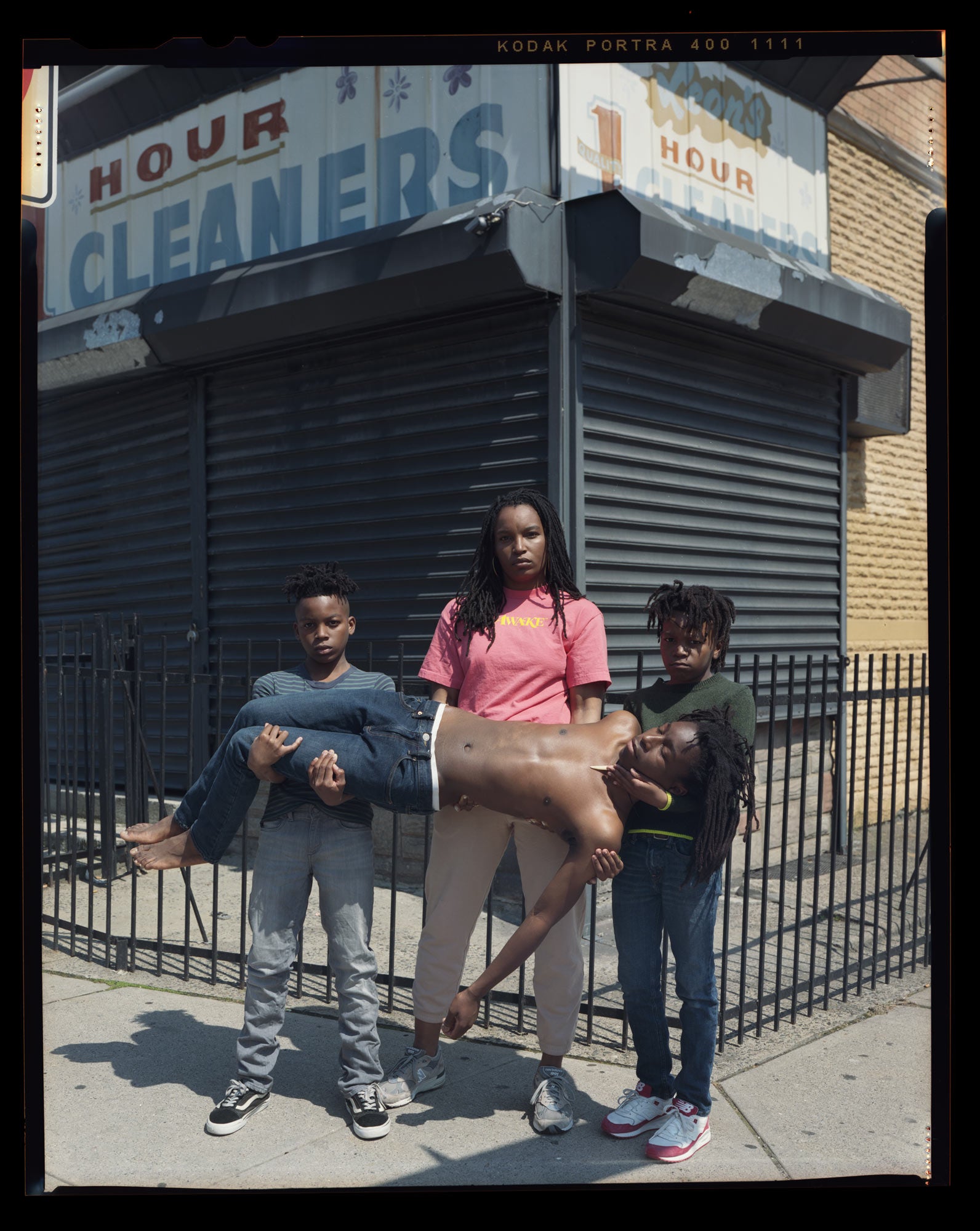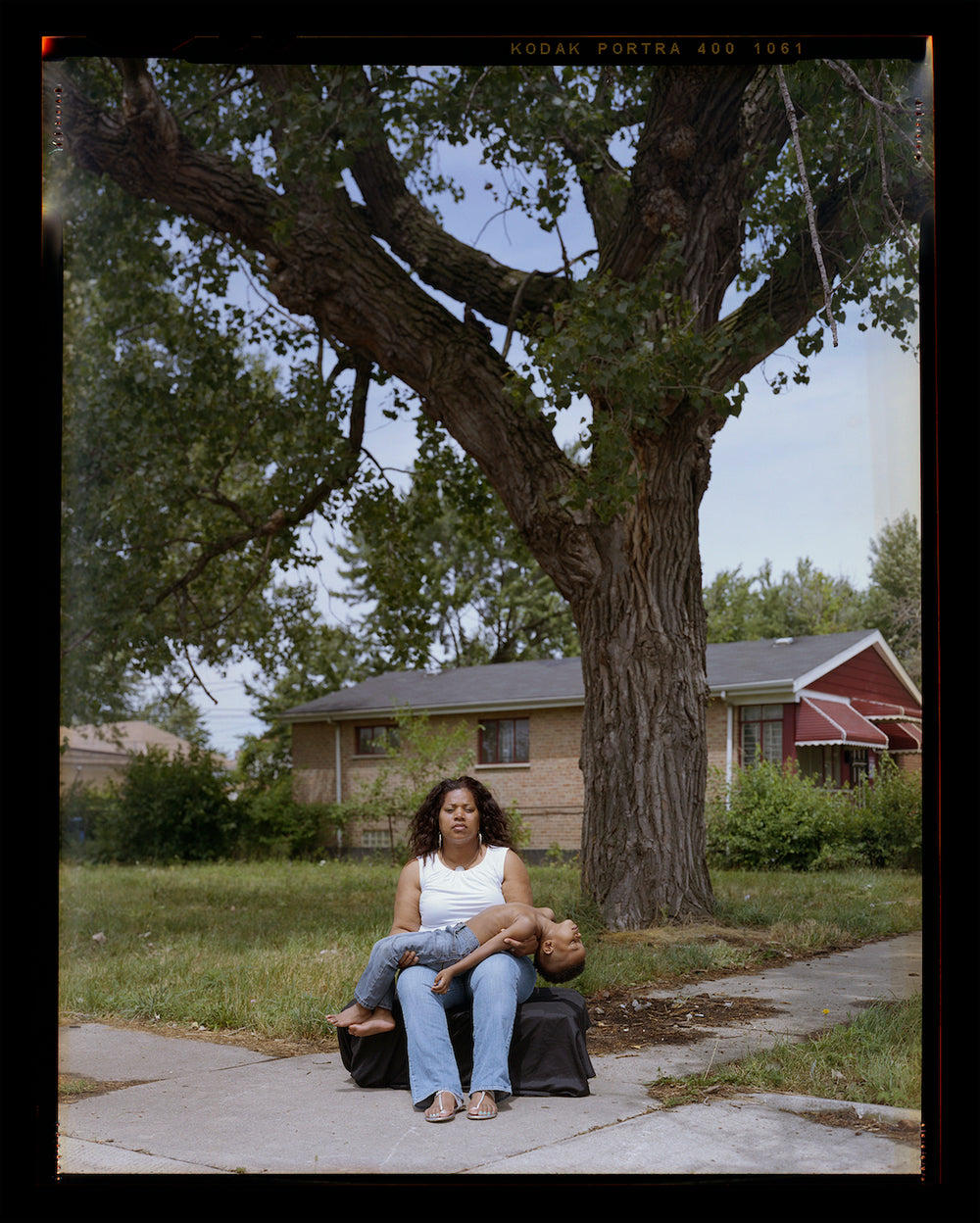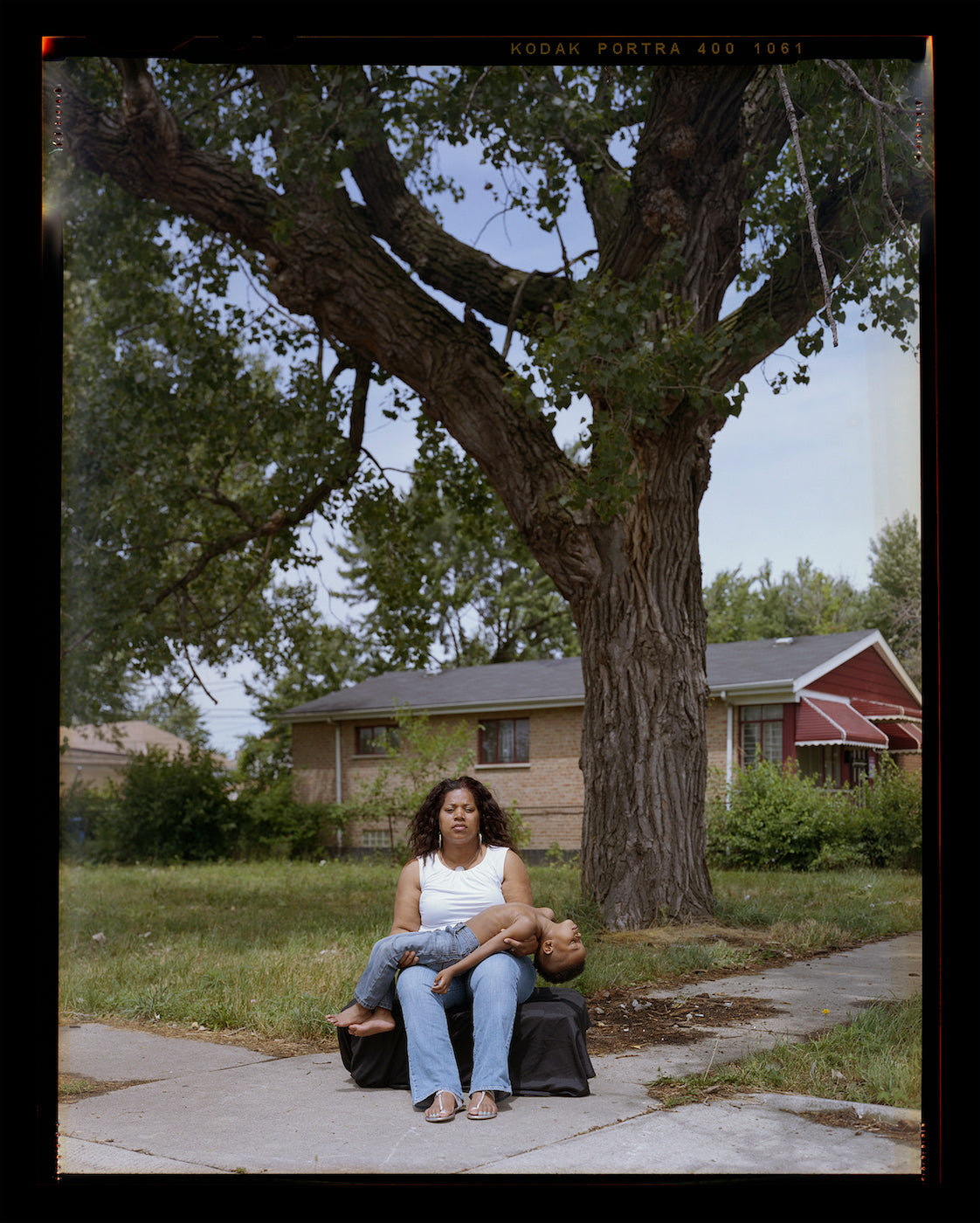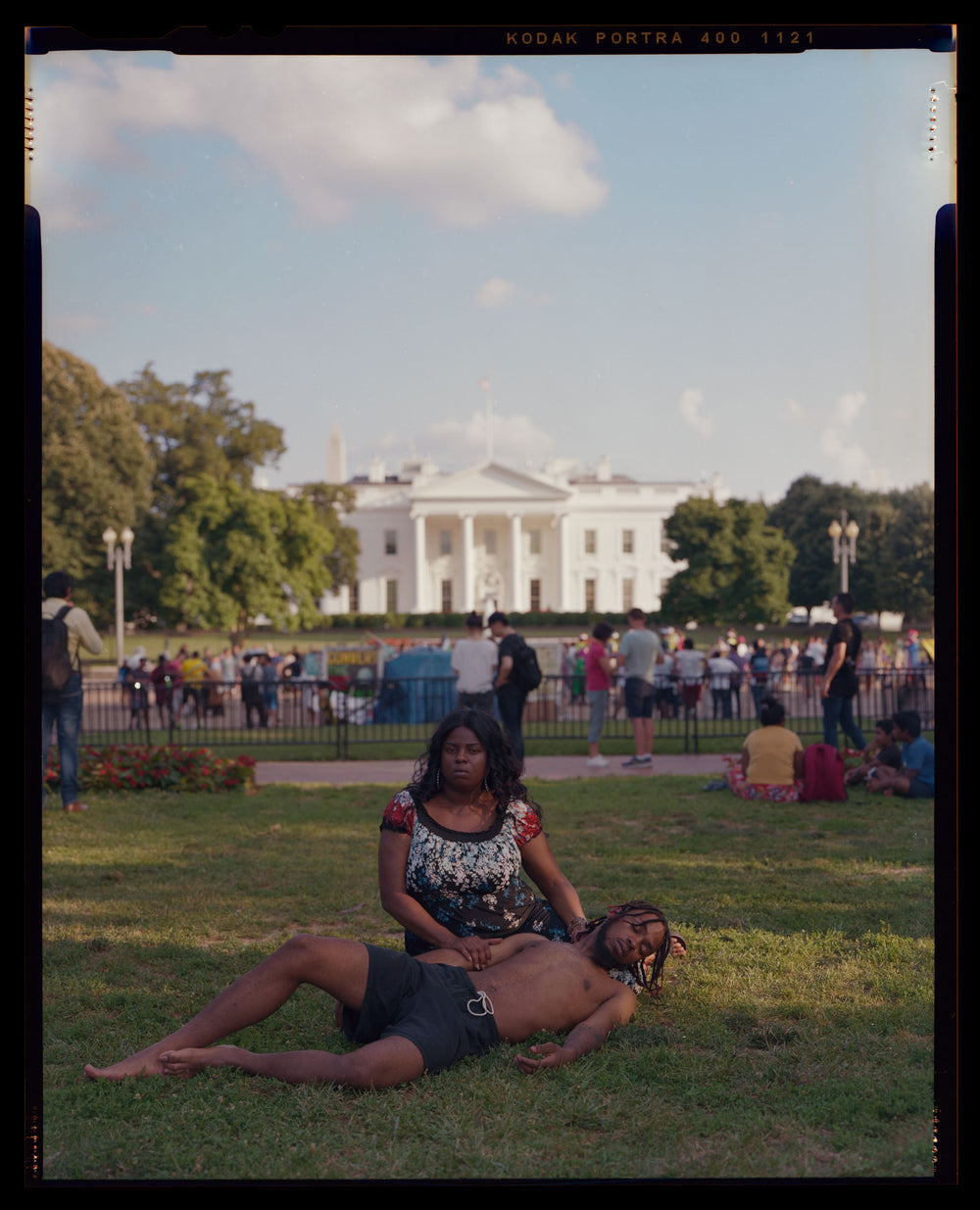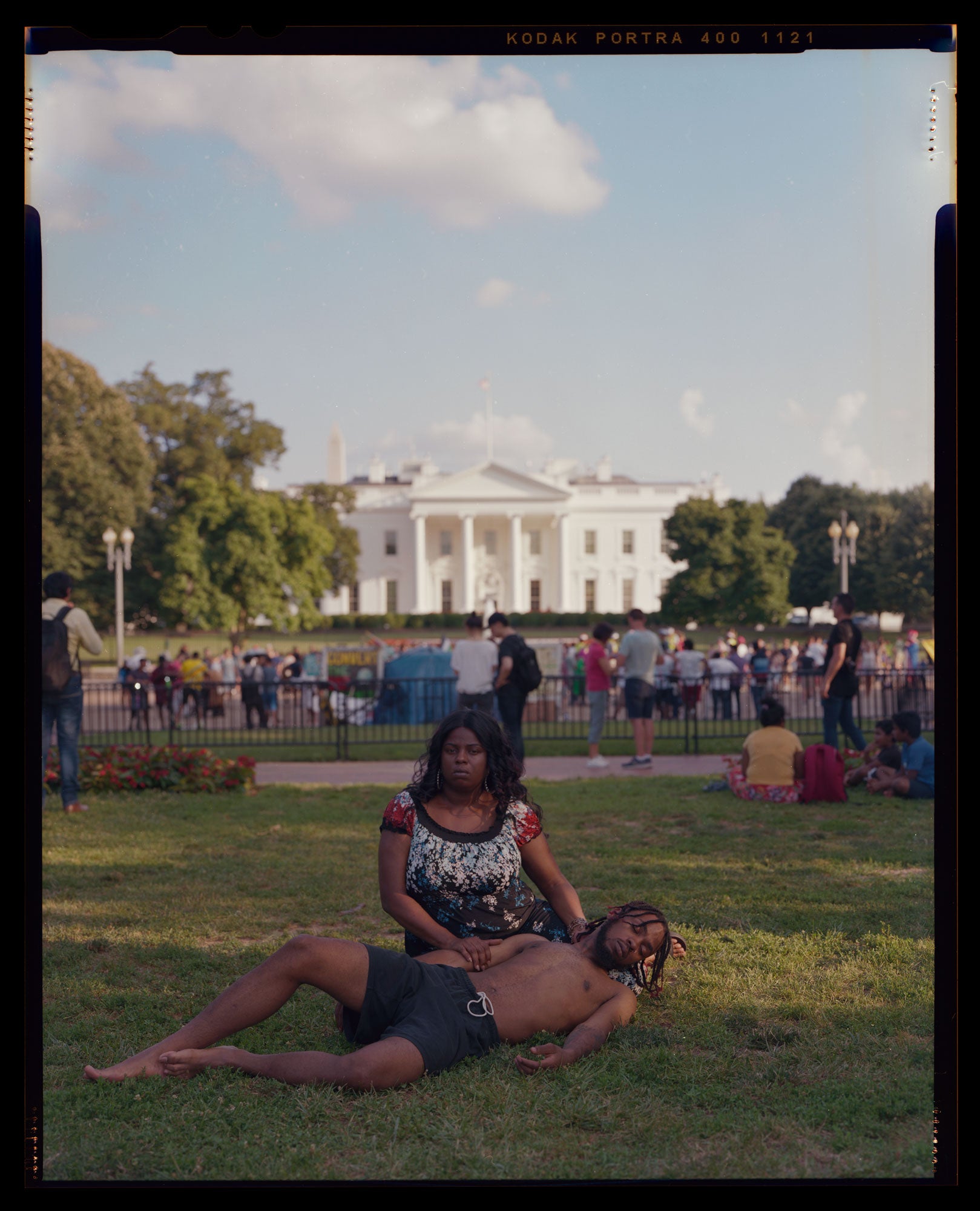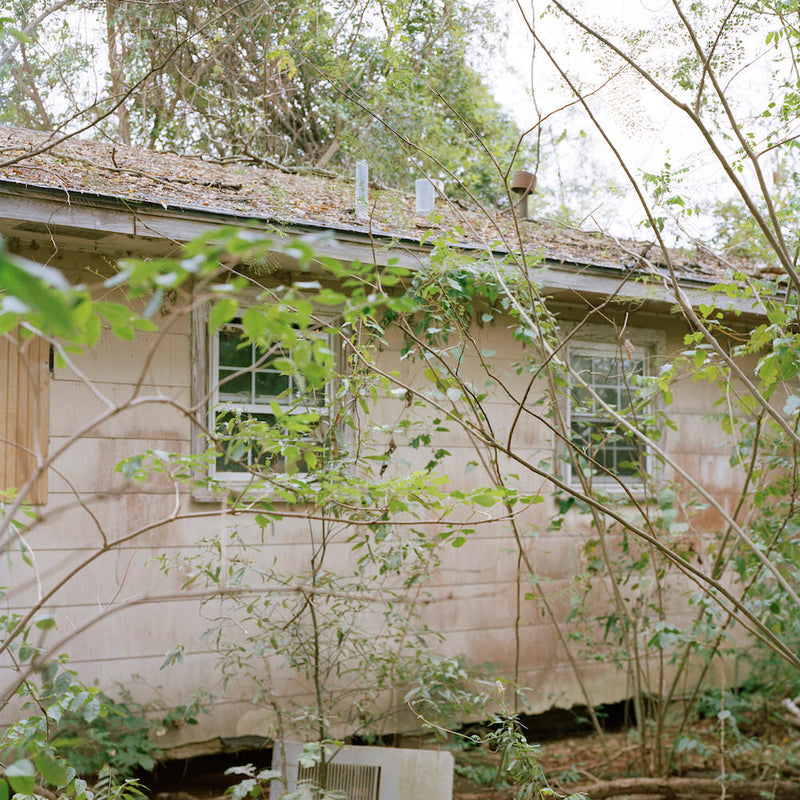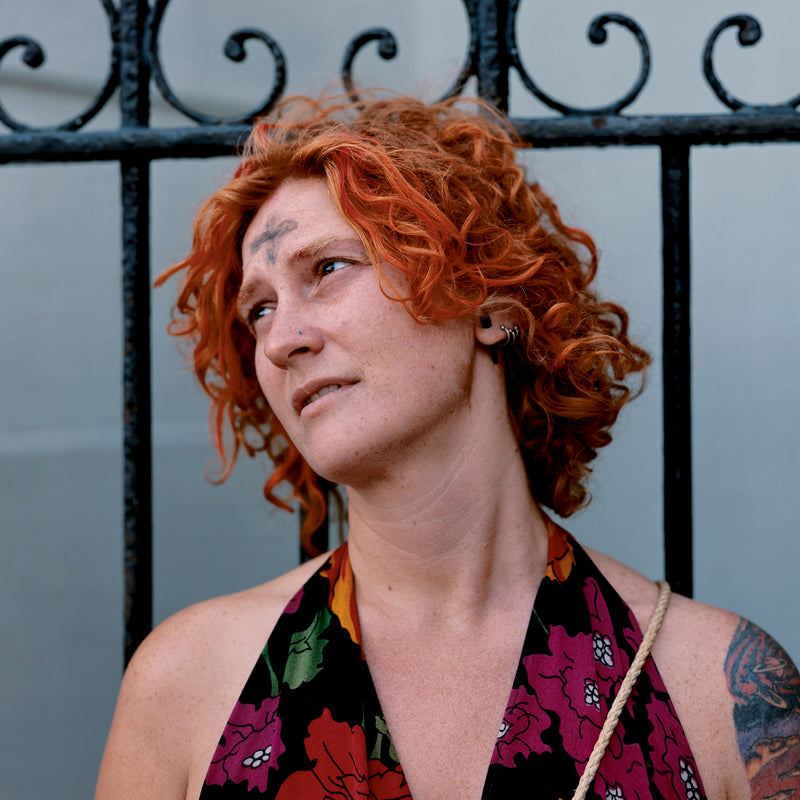Jon Henry on his series 'Stranger Fruit'
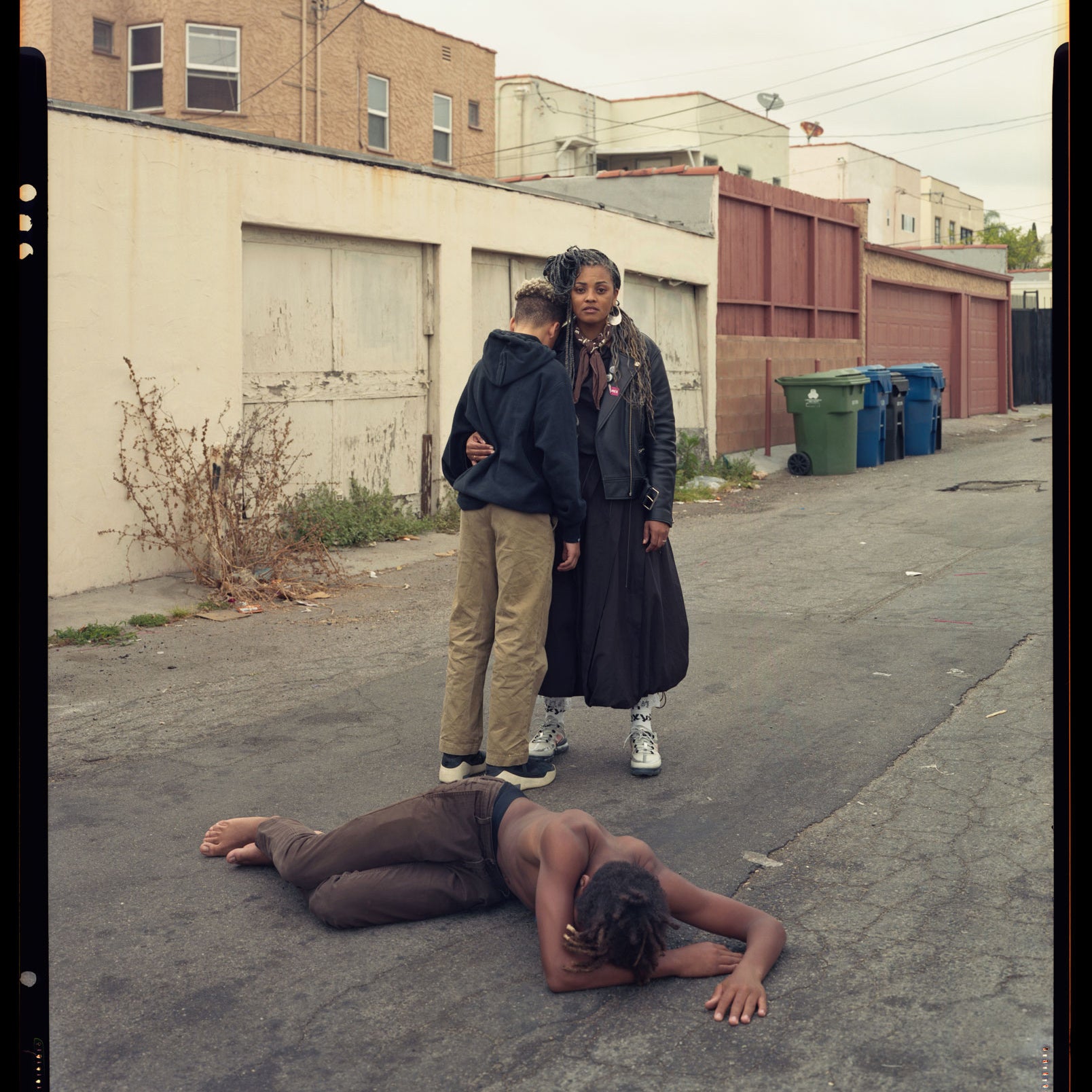
Who is next? Me? My brother? My friends? How do we protect these men?"
“Stranger Fruit was created in response to the senseless murders of black men across the nation by police violence. Even with smartphones and dashcams recording the actions, more lives get cut short due to unnecessary and excessive violence.
Lost in the furore of media coverage, lawsuits and protests is the plight of the mother. Who, regardless of the legal outcome, must carry on without her child."
"I set out to photograph mothers with their sons in their environment, reenacting what it must feel like to endure this pain. The mothers in the photographs have not lost their sons, but understand the reality, that this could happen to their family. The mother is also photographed in isolation, reflecting on the absence. When the trials are over, the protesters have gone home and the news cameras gone, it is the mother left. Left to mourn, to survive.
The title of the project is a reference to the song 'Strange Fruit'. Instead of black bodies hanging from the Poplar Tree, these fruits of our families, our communities, are being killed in the street.”
- Jon Henry
Was there one moment in particular that you feel motivated you to begin Stranger Fruit, or was it more of a combination?
"It was a combination of events but the murder of Sean Bell in Jamaica Queens really hit close to home (I’m from Queens NY) and those images stayed with me forever."
The photos all have a very naturalistic feel. How do you scout your subjects and locations?
"I reach out to families through my network of friends and colleagues in the various cities I've travelled to. Some reach out independently through social media as well. The images are based on their locations, where they live, where they work etc. I survey the area to make the image that makes sense visually to describe the area."
What inspired you to make the photos in the style of 'the Pietà'?
"There were many inspirations, but the main ones are of course Michelangelo's sculpture of the Pietà, but also Renee Cox's work titled Aint yo mama's pieta and David Driskell's piece: Behold thy son."
What do you hope that views will take away from Stranger Fruit?
"I hope this work will give them a new perspective to an ongoing issue in the states and abroad. No mother should have to endure this suffering, to worry that an encounter with law enforcement, those sworn to protect and serve, could result in the death of their child."
I imagine some of the subjects find it quite an overwhelming experience. How much interaction do you have with them before, during and after?
"It is a very heavy topic. We speak prior to the meeting. I let them know what we are doing and why and what to expect when we meet. All the credit goes to the mothers in the project for being open to creating these difficult images."
Photographically what was your process and set-up for the shoots?
"I’m thinking of location and composition primarily. How the environment will shape the image, I want the setting to be descriptive but not obvious (as far as location markers). Once we have the location then I work on organising the bodies. If there are multiple sons, I need to pose them a certain way as opposed to one son."
Do you feel working with 4x5 suits your work better than a smaller or faster format?
"This project needed to be shot large format. I love working one image at a time and composing the image as if it were a painting. Taking in all the little details and putting it together. Also, since we only make 2-3 images, it really heightens the importance for me and the families. The emotions build up and everything aligns itself in frame."
How long do you plan to continue working on the series?
"I am hoping to finish the project within the year. My current travel plans for the project have been postponed due to Covid-19 but Im looking forward to getting back on the road soon."

